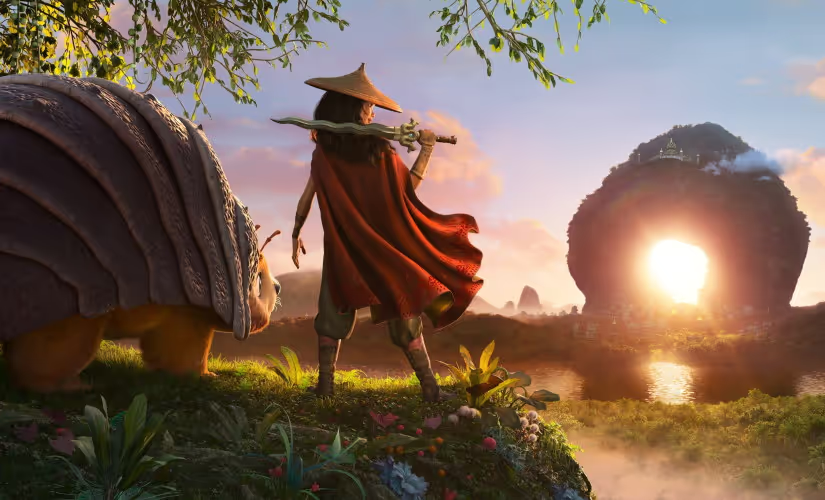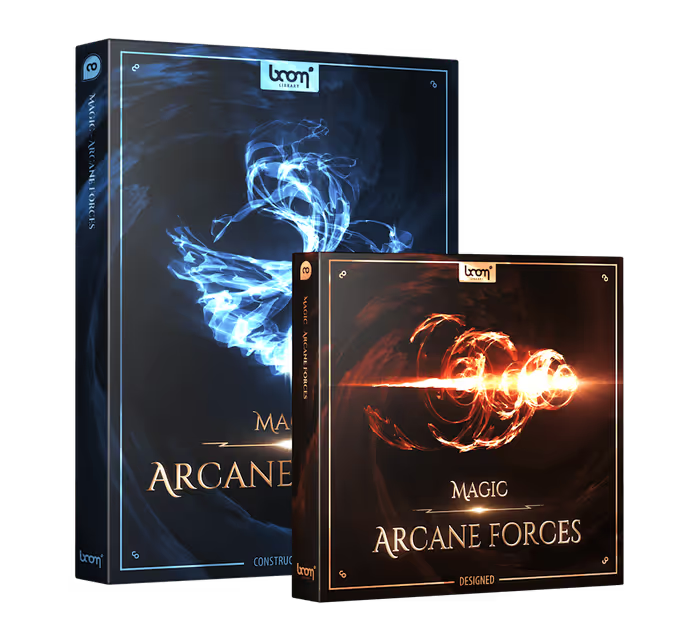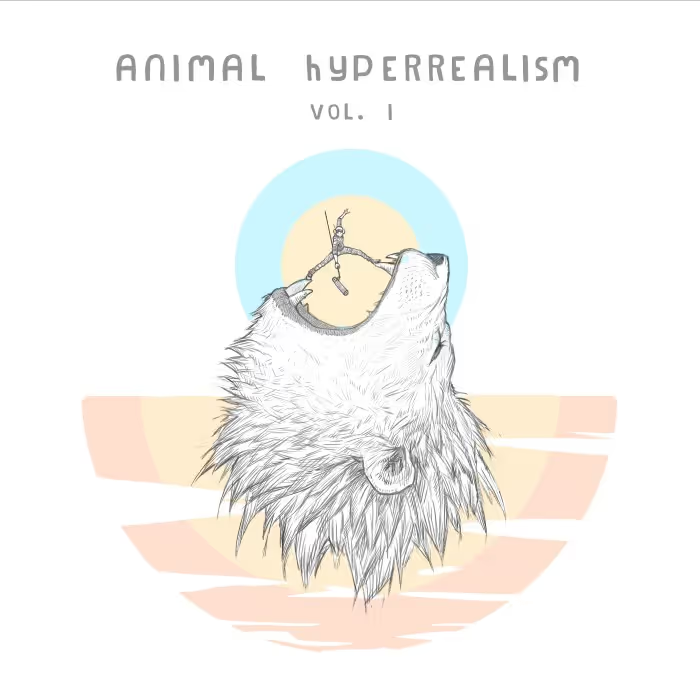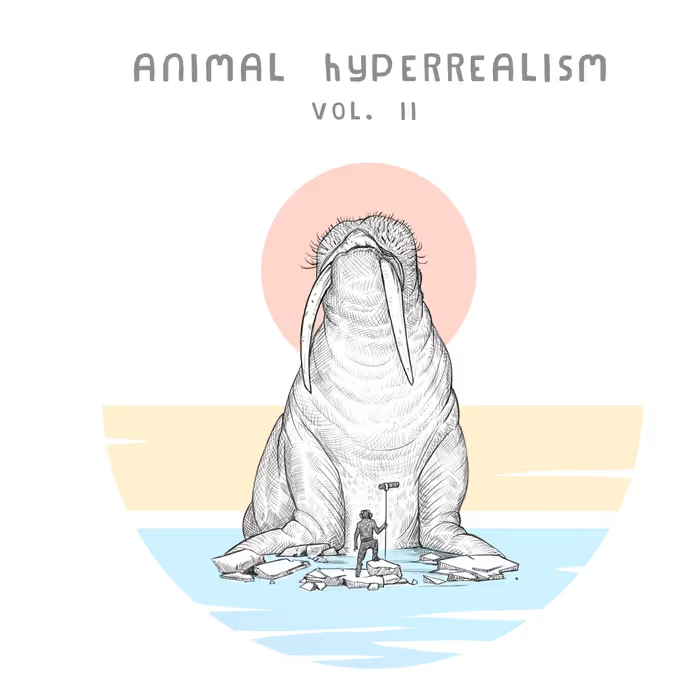The world of Kumandra in Disney’s Raya and the Last Dragon is stuck in an apocalyptic state, plagued by an evil entity called the Druun that turns people to stone. But it’s also a land where dragons once worked their magic. A young girl named Raya seeks to bring them back. Along the way, she assembles a motley crew of cohorts determined to defeat the Druun. These include her roly-poly bug Tuk Tuk, a con baby named Noi and her monkey-esk Ongis, a pint-sized ship captain/chef named Boun, a surly-yet-soft-hearted warrior named Tong, and Sisu the water dragon.
Here, Skywalker Sound‘s MPSE award-winning supervising sound editor Shannon Mills and sound designer Nia Hansen talk about creating the cute sound of Tuk Tuk, making magical tones for the Dragon gem, working with water elements for the awakening of Sisu, designing the Druun, and more!
Disney’s Raya and the Last Dragon | Official Trailer
There were four directors on this film. That’s a lot! Can you tell me about your collaboration with them?
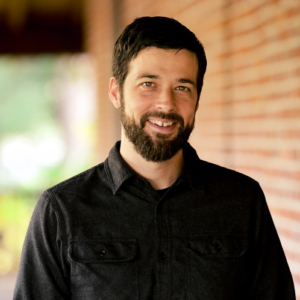
Shannon Mills (SM): Collaboration was easy with our directors. Don Hall – whom we’d previously worked with on Big Hero 6, was a welcomed return – as well as Carlos López Estrada, John Ripa, and Paul Briggs were all very good at streamlining and guiding us through their vision of Raya and Kumandra. They were ready to talk about sound from a very early stage in the process, which we always welcome.
Nia Hansen (NH): Our directors were always in creative agreement or able to discuss what the story needed, so it really didn’t feel like we had four different sets of input. This made it easy for everyone to stay on the same page from the outset. Starting early, sound design was key to building an aesthetic that would work for the entire film, so there were less surprises.
Were you collaborating with them during the pandemic? What was that like on this film?
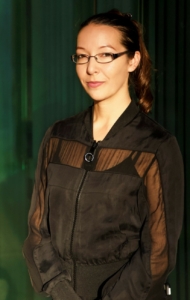
SM: It was very interesting, actually. All of the animation, and the sound, and so much of it was done from home because of the pandemic and the strange times we were living in. So it was a very interesting experiment on how to make all that work and quickly.
NH: I’m amazed at how swiftly we’ve been able to develop infrastructure to collaborate remotely in real-time. It was seamless. However, looking back now, the project feels tangibly different since so many concrete memories with other team members are missing. The group field recording sessions, the meetings over coffee, and the routine of movement through the building were all reduced to one screen at a home desk.
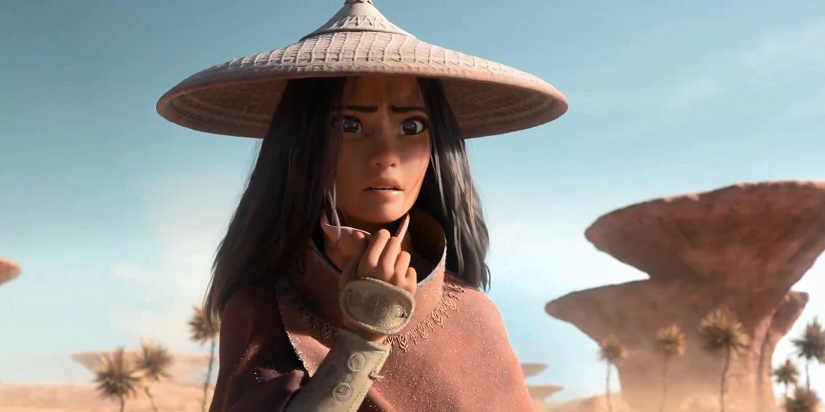
Animation is all voiceover; there’s no production sound. That had to be a huge task for remote dialogue recording …
SM: That was a big challenge, I think for everyone. Gabriel Guy (original dialog and re-recording mixer at Walt Disney Animation Studios), who does all the early ADR and production sound recording for the films, spearheaded that I think. He was making up little kits that he would send to the actors and gave them instructions like, “Go in your closet, hang as many clothes as you can in there to absorb sound, and let’s try to record in there.”
But it was a process of educating the actors on what we take for granted a lot of times when they come in the studio; we have a studio custom-built for those problems, but he had to think on his feet and figure out how to fix those problems in everyone’s home.
I wonder if, as an industry, we’ll have a little more flexibility and accommodation in dialogue recording in particular.
NH: To add to Shannon’s last point, I’m curious if some of these techniques and new capabilities or awareness that have developed during the pandemic will carry on after people return to studio work. I wonder if, as an industry, we’ll have a little more flexibility and accommodation in dialogue recording in particular.
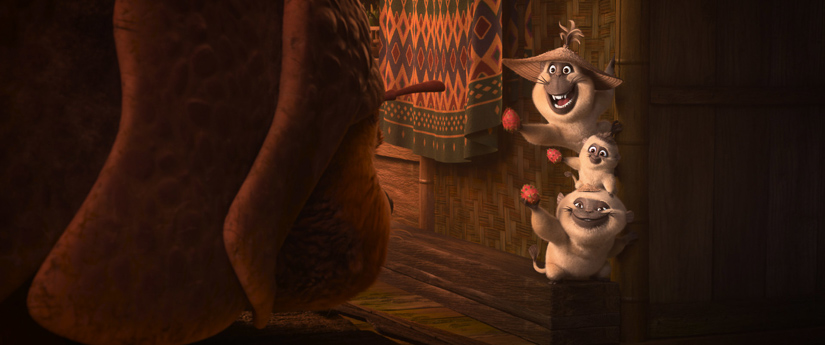
In terms of design, where did you get started on this film? Was there a sound or scene that the directors wanted you to focus on first?
SM: They had basically four areas of concern in our early meetings: Tuk Tuk, Raya’s sword, the Ongis, and the Druun. We had a lot of conversations on what they wanted things to sound like, and what the concepts were behind these different creatures/items. We then created a palette of things in that realm for them to hear, and narrowed it down from there. We also evolved the sounds as the visuals evolved.
Creature vocals are one of the more time-consuming categories of design…
NH: Creature vocals are one of the more time-consuming categories of design, especially for characters like Tuk Tuk and the Ongis who have a big emotional range. It took time to record or gather source material that could achieve not only the voice quality I wanted for each character but a wide range of expression as well.
A single animal recorded will almost never have enough variation, so I build broader palettes of several animal sources, while also being careful that the characters are distinct from each other. Kumandra being a fantasy world with creatures that are blends of different animal traits made it easier to get away with blending different vocals.

You just hit my next three questions! Tell me about Raya’s articulated sword. How did you create that?
SM: A lot of this was done by Samson Neslund (sound effects editor) and Nia Hansen (co-sound designer). We recorded various articulating items, and some gear-type devices, as well as constructing our own for performance. These raw recordings were then processed and made into magic by those two.
We also wanted to add a sense of adventure, inspired by films like the Indiana Jones series, so some whip elements were added, particularly when she uses it for climbing or swinging.
NH: The two trickiest aspects of Raya’s sword were to not let it sound too mechanized, and to create the right density of metal. The latter is especially key when blending different metallic layers: too big of a difference in thickness or tonality sometimes means the two metals won’t mesh together sonically.
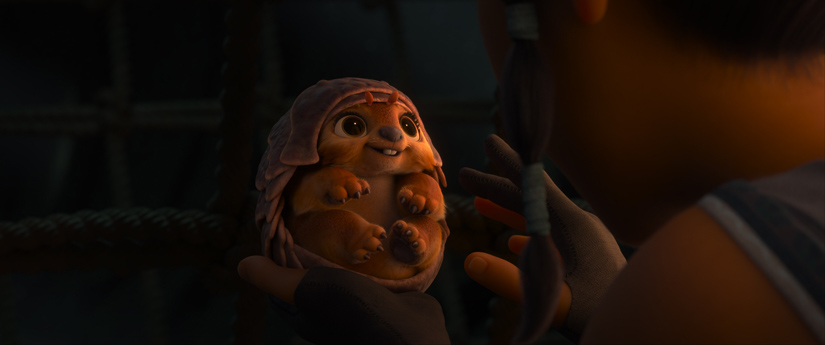
Let’s talk about Tuk Tuk next. He’s so adorable! I love the movement sounds and his vocals…
SM: He’s a lot of fun and probably one of my favorite parts of the movie.
Again, that was all of us working in conjunction. Nia and Samson did a lot of recording of different animals for that and we just played around.
We also had baby Tuk Tuk in reel one, who was very different from adult Tuk Tuk. But the directors wanted to tie them together a little bit, which we tried to do with his purrs and his lower sounds. We made a baby purr and an adult purr so you can follow him as he got older.
We used a myriad of different animal recordings. When he’s a baby, there are raccoon recordings and squirrel recordings and things like that.
And as he gets older, we use more sizeable animals. I think sometimes there’s some camel in there and some bear.
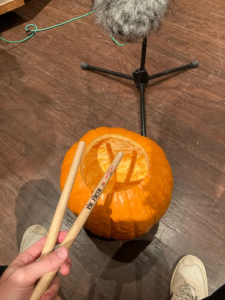
It was a lot of fun to give him the right emotion.
Voice actor Alan Tudyk did a lot of recording for Tuk Tuk to give him some more emotional elements. It was a challenge for us to take what Alan did and then blend it with different animalistic sounds and make it a cohesive whole thing.
In addition to his vocals, Tuk Tuk also had a rolling sound, which was created by a lot of different recordings depending on his size, speed, and surface he was traveling on. We used pumpkins, a tiny watermelon, drum sticks, you name it!
NH: Baby Tuk Tuk was one of my favorite parts of the movie to design and edit, so I’ll touch on that. There’s some raccoon, squirrel, kitten, wolf pup, baby parrot, and seal. No source material was off-limits as long as it was cute, conveyed the right emotion, and fit his size.
The sound of baby Tuk Tuk’s shell ended up being a combination of props that I didn’t expect would work as well as they did! I needed to convey four things: a sense of rolling, a rhythmic element for the shell joints, appropriate weight, and the shell’s texture. The main elements were a mini watermelon rolling on a wood floor, a rubber-coated hexagonal metal hand weight “rolling” (this gave me both weight and rhythm), and a small wooden cutting board rubbed against gnarly oak bark. Luckily, baby Tuk Tuk is only shown moving on hard surfaces, because these same props didn’t work on dirt or grass. In that case, like with adult Tuk Tuk, we sometimes need a whole new set of props or performances to achieve the same goals.
When you were working with Alan, did you have anything to play as a reference for him, like the raccoons and squirrels, or did you just let him do a whole bunch of things and then hone that in?
SM: He worked with the directors to capture a performance, and then the directors chose their favorite moments and passed those on to us. We took Alan’s performance, added some processing to his voice, as well as supporting him with our own designed sounds, borrowed from various animal sources. As a result, Tuk Tuk was able to convey a wide variety of emotions and be the cutest, most hilarious sidekick ever.
…many sound designers record their own voice and process it or blend it with animal sounds to hit emotional phrases.
NH: The toughest part of creature-characters is finding enough emotive source material, which is why many sound designers record their own voice and process it or blend it with animal sounds to hit emotional phrases. In this case, we had Alan performing exactly what was needed for the character, which relieved some of that animal source challenge and let sound effects focus on supporting Tuk Tuk’s communication while adding a fun bestial nature to him.
 Tesla Model X 2015 electric full size crossover SUV sport utility vehicleKrampfstadt Studio65,00 $32,00 $51% OFF
Tesla Model X 2015 electric full size crossover SUV sport utility vehicleKrampfstadt Studio65,00 $32,00 $51% OFF
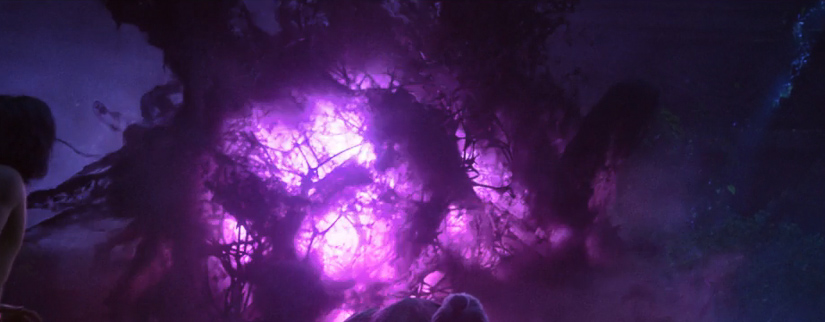
Let’s talk about creating the sound of the Druun. What went into that? It was very ominous, very cool sounding…
SM: That was probably the hardest one to nail down for us because the Druun don’t have mouths. They don’t have eyes. They’re just these fluid, ghostly bits of evil. Nia Hansen did a lot of work on these. We started with recording the “screams” of milk frothing on our Skywalker espresso machine! We processed those to create some “otherworldly ghostly cries.”
The Druun were almost like mini-tornadoes or sand vortexes when they moved.
We also wanted some bulk in their movements so they weren’t just high-end sounding because the directors wanted to see that when the Druun were moving; they were eating up the environment around them or displacing things around them. So we did a lot of sand and different air-type movements. The Druun were almost like mini-tornadoes or sand vortexes when they moved. So it was the blend of those two things.
NH: Along with the milk froth screams, I experimented with other non-animal sources like metal, rock, and dry ice for the Druun vocals.
Since the other creatures in the film are all designed from animals and softer organic sources, the contrast helped the Druun feel like something negative that shouldn’t belong in the world.
For their movement, since it’s not visually any one type of element, I layered different source textures like fire, cloth, paper rips, water waves, and poofy liquid nitrogen explosion tails. My main focus was to feel the constant motion and density of the Druun. Secondarily, we wanted it to feel like the dirt and sand and water around them gets wrapped up in their movement, almost like small tsunamis or tornados.
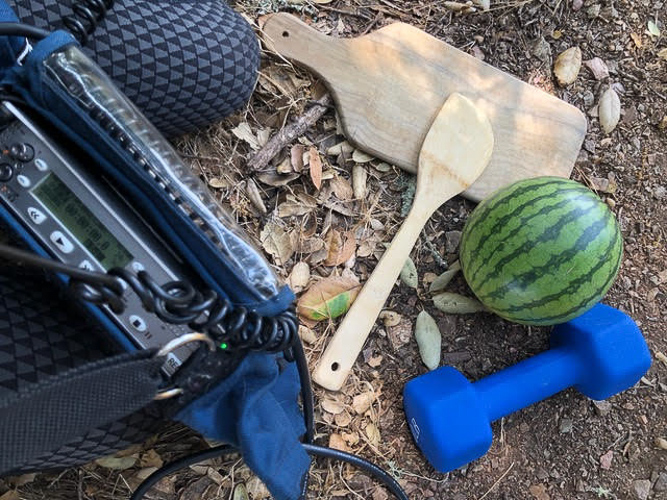
Any plug-ins, processing, or samplers that helped you to create that movement in their sound to help it really stick to their movement in the picture?
SM: We tried so many plug-ins. We used a lot of Doppler type stuff, like GRM Doppler. And I think Nia uses a lot of the Soundtoys plug-ins for that sort of thing.
And I also tried the Waves Doppler to make things go in circles a little bit more. We tried to record things moving and then we would heighten that with those plug-ins to make it feel even more full of movement.
With such a dynamic visual of constantly flowing matter, as soon as we try to mark every motion, we’re just creating a mush of sounds.
NH: I tried to get as much movement as I could while recording, whether that meant moving the microphone or the prop itself. It’s always easier and more natural-sounding to record the motion than to try to recreate it later. That said, don’t underestimate creativity with a volume automation graph! You can get a lot of expression out of even a completely steady sound just by performing volume.
My other approach is to carefully pick out the specific Druun movements that catch my eye and make sure those are marked with sound. With such a dynamic visual of constantly flowing matter, as soon as we try to mark every motion, we’re just creating a mush of sounds. When you’ve watched any film this many times, often frame by frame, it’s easy to start focusing on new details that pass by in a blink or are at the edge of frame or far background. We need to be able to pull back and watch a sequence as if coming at it fresh, and judge what catches the eye while engaging with the story — that’s the part to make clear.
[tweet_box]Designing the Riveting Sound of ‘Raya and the Last Dragon'[/tweet_box]
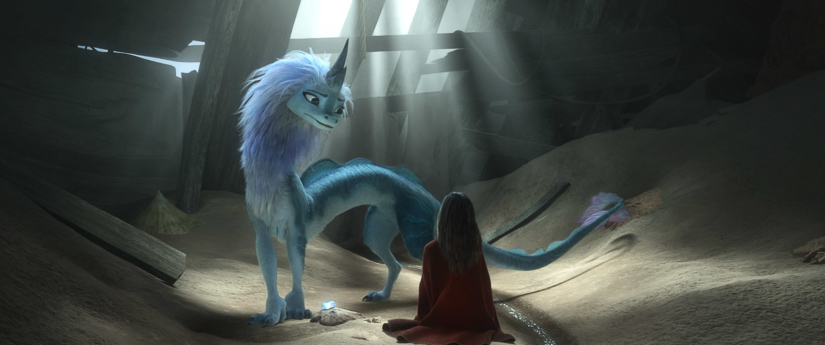
There was a really great scene when Raya awakens Sisu. There were so many cool elements there, like water, bubbles, magic, and steam. What were some of your sonic challenges in that scene?
SM: That was a lot of fun, and as usual it was another team effort! Samson, Cameron Barker (assistant supervising sound editor), Nia and I did some recording of water movement, just experimenting with swirling things around in water, and doing different patterns to create layers. Then we processed and reversed them to create a water element that culminates to a point, and then let Samson go to town cutting it into an amazing sonic water masterpiece.
NH: Water and bubbles are so much fun to record because there’s an incredible variety of ways you can approach and manipulate water. It also sounds believable and interesting in reverse, which not all sound categories do!
One of my early design tasks was to create a palette of magical water events.
One of my early design tasks was to create a palette of magical water events. Creating sounds for levitating liquid that has a smooth surface area was especially neat because you can’t stick a running water sound to it, or anything with too much movement. Most of the elements I used were from big bubbles, underwater air, and even metal, but one I found most useful was actually the hexagonal weight prop I used for baby Tuk Tuk rolling. I tried this prop out on my wooden deck and it didn’t sound useful for Tuk Tuk, but the deck had a strange smooth tone when this prop was rolled. I pitched down and reversed that sound to make some of the water magic bloops.
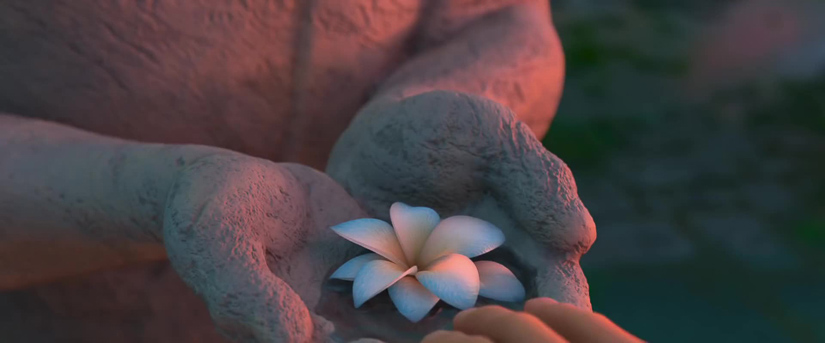
What was your approach to the people turning to stone? Was there help from foley? This is such a tactile, organic sound…
SM: Yes foley always helps us. They’re also helpful for that water scene as well.
For the people turning to stone, again, reverse was our friend. We did a lot of sand and rock scatters. If you dump out a pile of rocks or a pile of sand and then record that and play it backward, it has this swooshy backward effect that we used as a basis for those turning to stone sounds, as well as foley picking up all the small sand settling. As someone turns to stone, there’s usually some aftermath of the sand and the rock falling off of them. So foley was instrumental in helping with the end of that.
…it has this swooshy backward effect that we used as a basis for those turning to stone sounds,
NH: We played around with the size of the event, too. We faired the finer textures with some bigger mass since it’s a whole body transforming, but rock sounds that were too big didn’t match the image because we don’t see whole pieces of stone in motion.
The other challenge was the speed of the event. The first few instances especially happen fast and while another action is going on, so sound had some important information to convey in a short time frame. Many of the sound layers that work in a slower sequence won’t read in just a few frames.
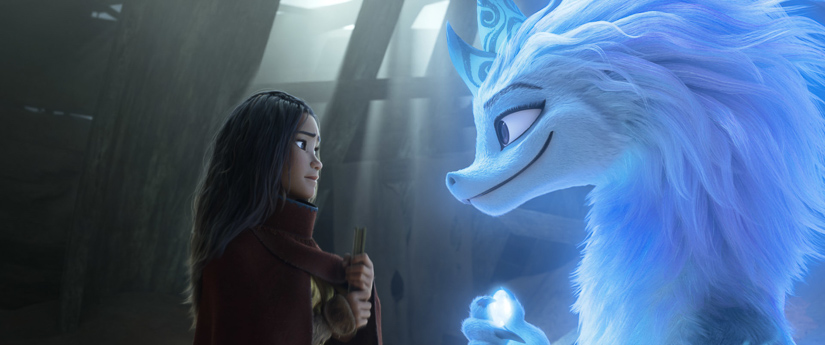
How did you create the sound of the Dragon gem? It does a lot of cool different things, too…
SM: It does do a lot of different things! It had a glow and we experimented with pure tones because it’s like the goodness of the universe that came together to save the world and to stave off the Druun. We created pure tones with a glass harmonica — when you rub a wine glass rim — to try to make a pure, beautiful tone for the glows.
But then there are other things the gems do, like repel the Druun, which again Nia did a lot of stuff for — the Druun repelling sound was like flash tones made from those same glass recordings.
This pairs the tone with a feeling of physical substance, while also filling out missing frequencies that give mass or movement…
NH: Those pure, pretty gem tones convey the feeling we wanted from the Dragon magic. They also contrast with the gritty, fluttering, screeching palettes of the enemy Druun.
I focused on also making textural layers for the magic events in the film. While the tonal stuff will feel the most recognizable and cool, I try to make sure we have a texture option as well. This pairs the tone with a feeling of physical substance, while also filling out missing frequencies that give mass or movement, and it provides options that will 100% work with the music.
Since the Dragon gem does so many different things visually, the recognizable tonalities let us convey that it was gem magic every time, while the texture and more practical elements could match whatever the specific event was, be that fog or rain or an explosion of light.
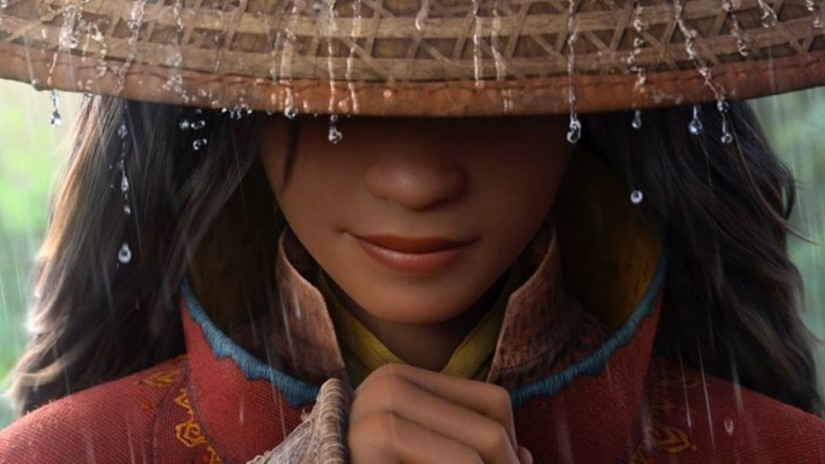
Near the end, the gem sends out these giant pulses of light and energy that bring the magical rain. Were you taking those pure tone sounds and creating sub-harmonic layers of them? Or how did you beef it up?
SM: A lot of that was our star editor, Samson Neslund. He did a lot of work on that.
The idea was to go with lower tones and to feel the magic energy washing through, but also be powerful enough to destroy the Druun.
if you slow a biplane down, really slow, it sounds like a choppy, buzzy fly-by…
We did do some subharmonic layers of the pure tones, but we also generated lower tones and rumbles that were created from other recordings. For example, if you slow a biplane down, really slow, it sounds like a choppy, buzzy fly-by but it’s really low. So we did some stuff like that for some of those pass-bys.
NH: Shannon gave away my favorite technique! I love mining strange frequencies from normal sounds pitched up really high or really low. I think playing in that way also makes you think about every sound differently: there is so much potential character beyond what is heard on an initial listen. For something like the pulses, the idea “I need low power here” in that mindset might have the editor reaching out of the box for a more special sound than a typical rumble or tone.
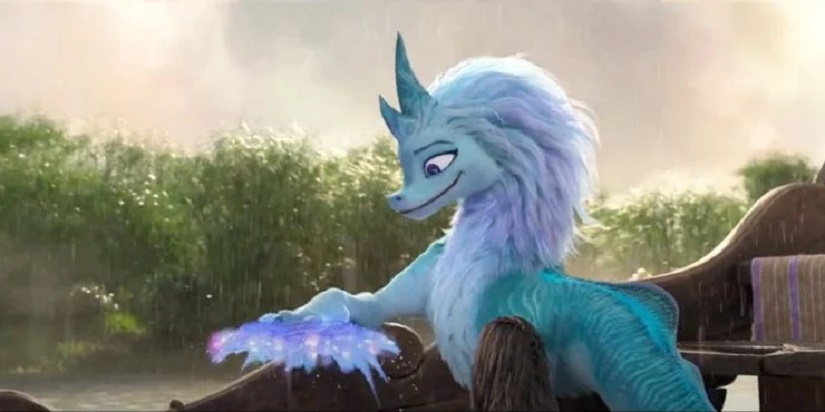
When the dragons return, they step through the sky on these colorful crystal water pads. It’s a magical, tonal sound but there’s a lot of music happening there. Can you tell me about your challenges in creating sound for that scene?
SM: That was a challenge because we didn’t want to take away from the power of the music there, but at the same point in time, you want to hear what you’re seeing a little bit. So we tried to go high since the music covered a lot of the low and the mid-range. So we tried to bring the magic up high, where you could hear it — but it didn’t need to be loud for you to hear it.
…we also used some light, pitch-bent drum hits.
A lot of that was done with glass chimes and things like that, that we pitched up and embellished with other elements and again, foley was our friend because they did the watery footsteps that we layered on top of that. It was a blend of those two things together. I think in the early part of that scene, we also used some light, pitch-bent drum hits. They were sort of like a bubble boing, but not quite.
We just tried to stay present, but not get in the way of music.
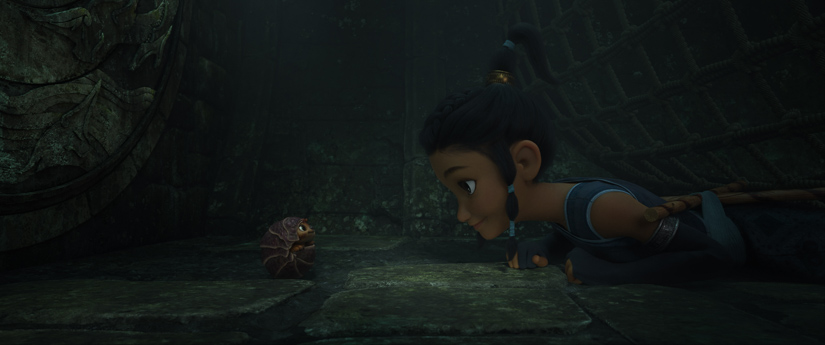
Of all the sounds you created for Raya and the Last Dragon, which was your favorite?
SM: I think my favorite sound — and maybe it’s because I love animals — was baby Tuk Tuk. Every time he makes a sound, I just laugh because he’s so cute. That was probably my favorite.
NH: I’m seconding baby Tuk Tuk. He’s so expressive, it was a fun challenge to create just the right emotion for each moment. And I will never say no to recording and listening to baby animals.
A big thanks to Shannon Mills and Nia Hansen for giving us a behind-the-scenes look at the sound of Raya and the Last Dragon and to Jennifer Walden for the interview!
 Tesla Model X 2015 electric full size crossover SUV sport utility vehicleKrampfstadt Studio65,00 $32,00 $51% OFF
Tesla Model X 2015 electric full size crossover SUV sport utility vehicleKrampfstadt Studio65,00 $32,00 $51% OFF

